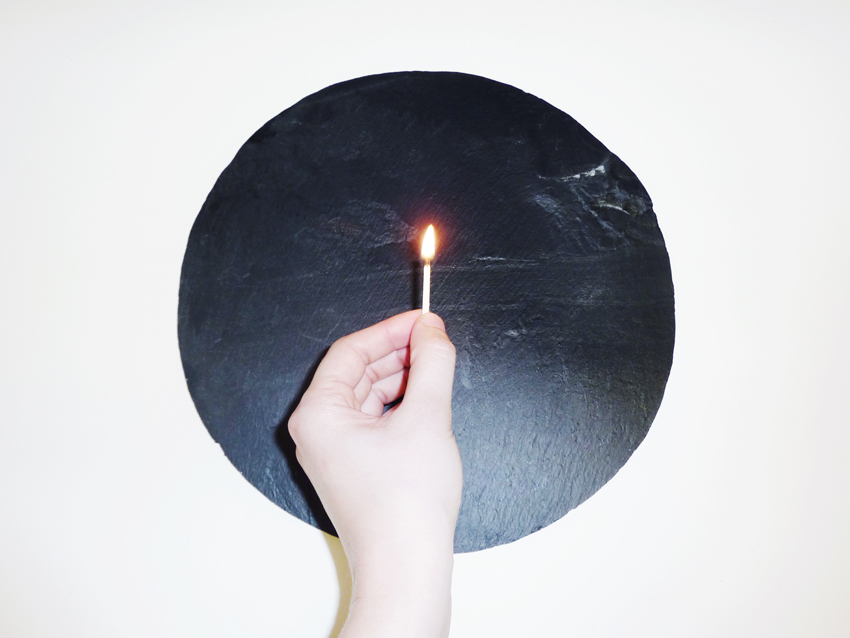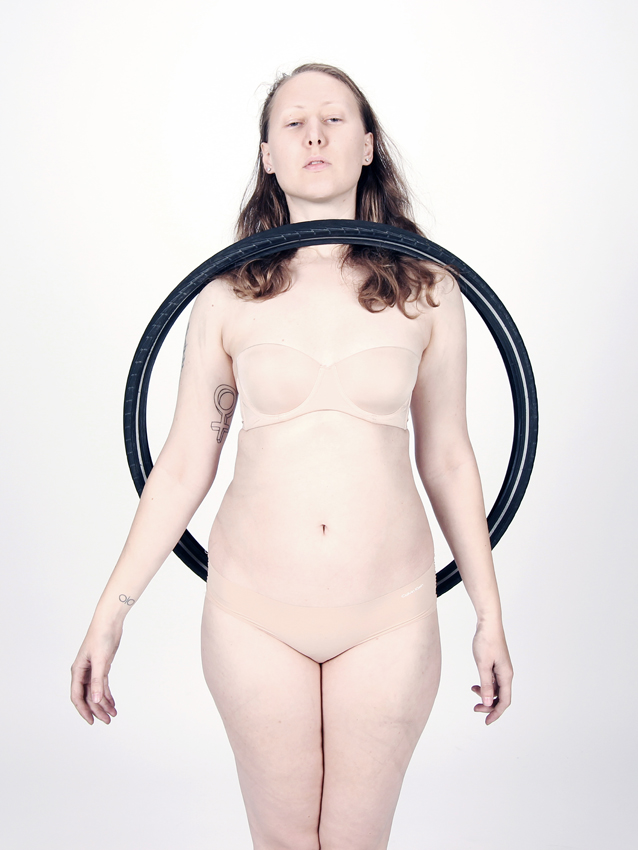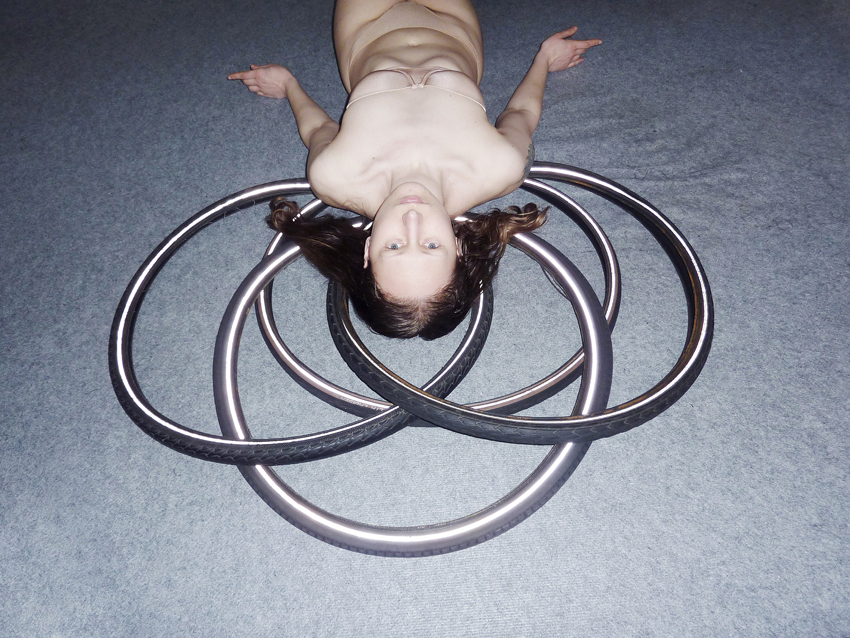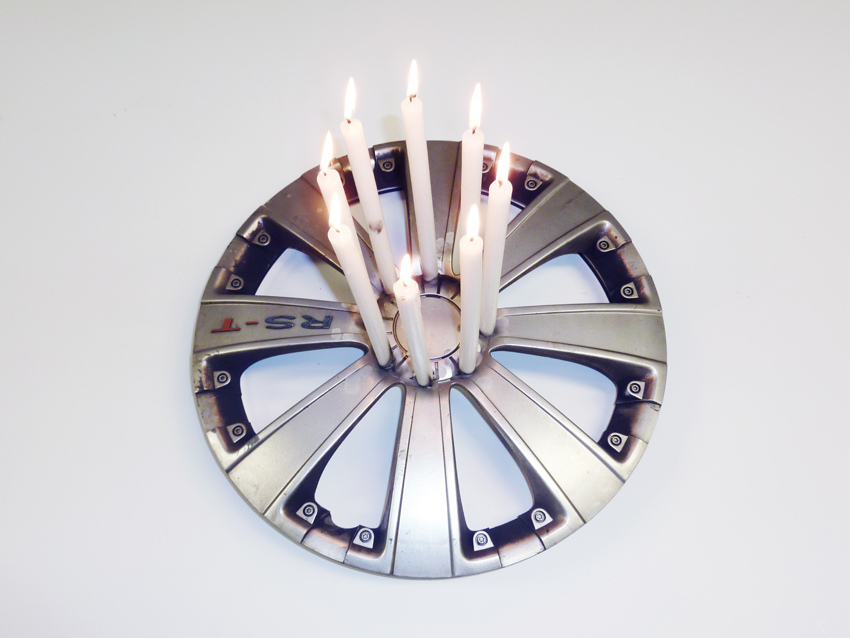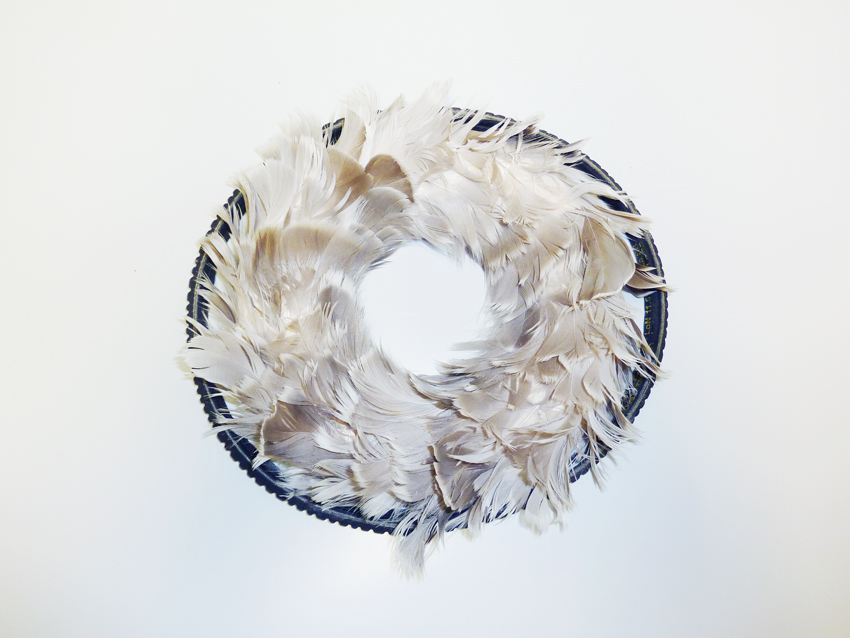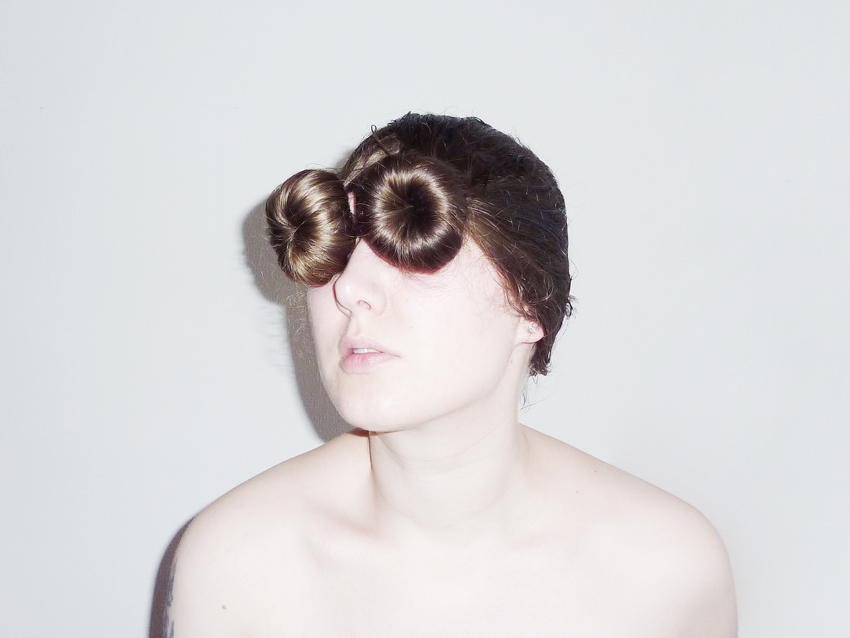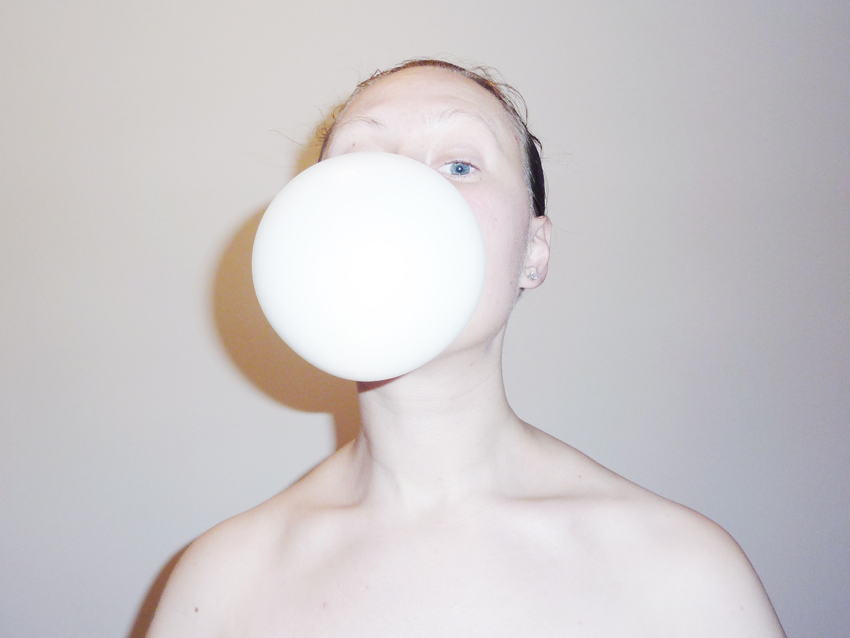ritual
This project draws from the aesthetic language of religious iconography, using it to challenge and reinterpret the patriarchal structures embedded within traditional religious art. By placing herself at the center of her pieces, she subverts the historically male-dominated narratives upheld by religious institutions, particularly the Russian Orthodox Church, where men occupy positions of both spiritual and artistic authority. In Yelena's works, elements traditionally reserved for saints—such as halos—are reimagined using everyday objects, underscoring the potential for the divine in the ordinary and in female agency itself. This act of self-centring in a ritualized space may appear blasphemous, but it is also a form of feminist reclamation, confronting the exclusionary practices that have relegated women to peripheral roles within religious art. Yelena’s use of religious symbols and structures as a form of personal and feminist expression resonates with feminist theorists who argue for the importance of reclaiming spaces where women’s voices have been marginalized. By creating “icons” that feature herself and contemporary symbols, Yelena critiques the erasure of women’s contributions in religious history and questions the sanctity of these male-centric traditions. Her altars, in turn, become sites of resistance and transformation, where the feminine presence is celebrated rather than suppressed. Yelena’s work ultimately constructs a new kind of ritual that honors the female experience, challenging the viewers to rethink the intersections between gender, faith, and artistic tradition. Through this subversion, her work asserts a radical feminist vision: one that insists on the legitimacy of women as both creators and subjects of spiritual reverence.
